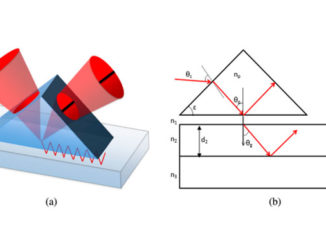
Writers: C.A. Oliveira, E. Longo, J.A. Varela, M.A. Zaghete
Keywords: D. PZT; Polymeric precursor method; Microwave-assisted hydrothermal method; Ferroelectrics
Abstract: Lead zirconate titanate (PZT) was synthesized at the ratio of Zr/Ti¼52/48 using two synthesis methods: the polymeric precursor method (PPM) and the microwave-assisted hydrothermal method (MAHM). The synthesized materials were characterized by X-ray diffraction (XRD), scanning electron microscopy (SEM), particle size distribution by sedimentation, hysteresis measurements and photoluminescence (PL). The results showed that PZT powders are composed of tetragonal and rhombohedral phases. Different particle sizes and morphologies were obtained depending upon the synthesis method. From the hysteresis loop verified that PZT powders synthesized by the PPM have a typical loop of ferroelectric material and are more influenced by spatial charges while particles synthesized by the MAHM have a hysteresis loop similar to paraelectric material and are less influenced by spatial charges. Both samples showed PL behavior in the green region (525 nm) whereas the sample synthesized by the PPM showed higher intensity in spectra.




